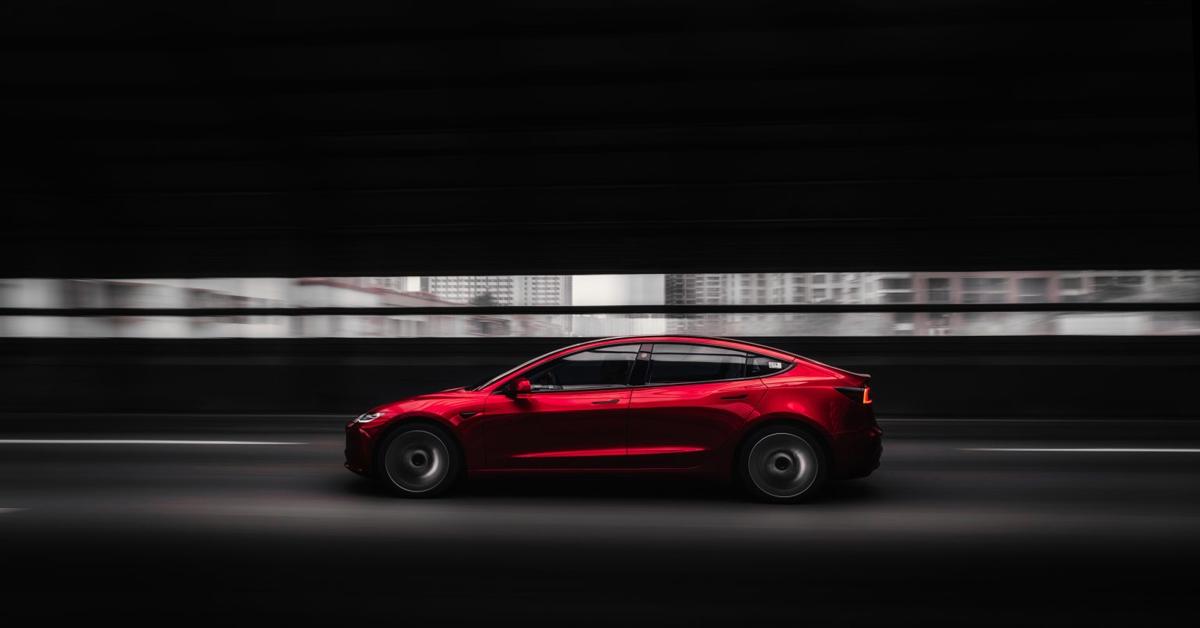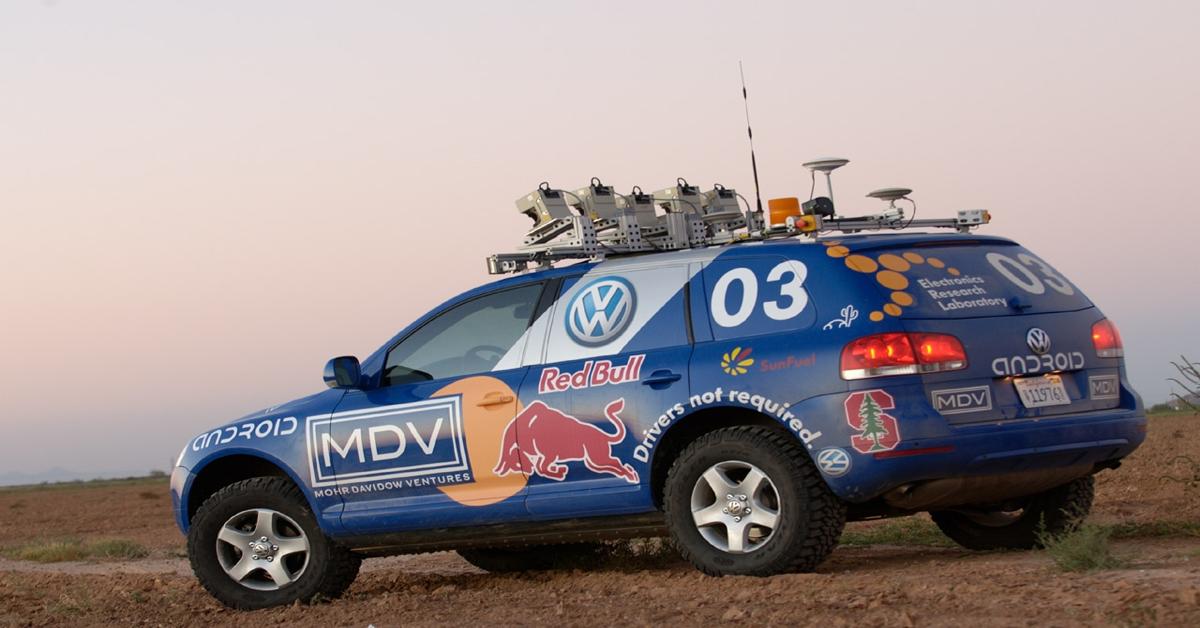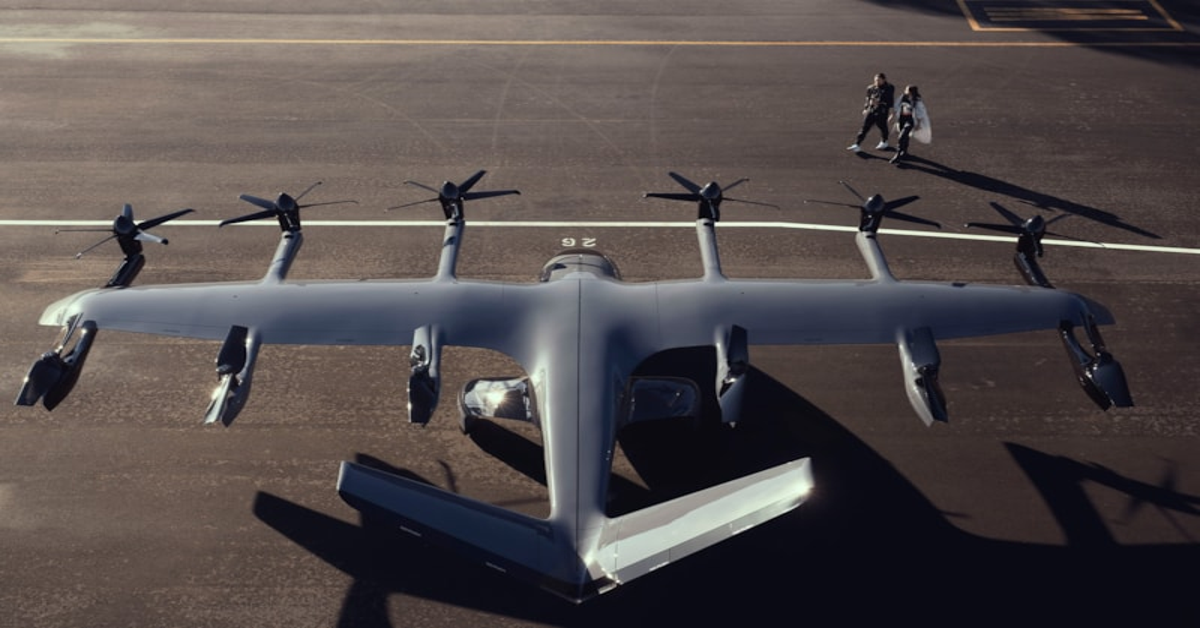
Autonomous, electric, ride-sharing “car-as-a-service” (using robotaxis) has the potential to be 80% cheaper than individual car ownership.
The average U.S. commuter currently spends a mind-numbing 52 minutes each day roundtrip, trapped in the confines of their vehicle—for average employees that’s equivalent to recovering 216 hours, or twenty-seven 8-hour days, during your year.
Freed from the task of driving, this time could be transformed into periods of relaxation, productivity, or even leisure. Ever thought of finishing a novel, practicing a new language, or perhaps indulging in some personal passions during your commute?
The era of the robo-chauffeur promises just that.
In today’s blog, I’ll discuss the top two companies leading this transportation revolution... Tesla & Waymo.
Let’s dive in…
Tesla
Tesla has a secret plan is to deliver a global fleet of robotaxis—and I have every confidence Elon will make that happen. What’s his secret weapon? The release of Tesla’s newest iteration of Full Self-Driving or FSD 12, a radical departure from Tesla's previous versions.
Unlike prior systems, FSD 12 wasn't created from meticulously crafted lines of C++ code. Instead, it arose from the technology's ability to learn autonomously, imbibing billions of video frames to mimic human drivers.
A Tesla engineer, Dhaval Shroff, likened it to ChatGPT, stating, "It's like ChatGPT, but for cars."=
The essence here was replicating human learning processes through neural networks, processing massive data volumes to simulate human actions in intricate driving scenarios.
Historically, Tesla's Autopilot used a rules-based approach, a structure where specific situations triggered codified reactions. Lane markings, pedestrian movements, vehicles, signals, each elicited a programmed response. But FSD 12 turned this approach on its head. Instead of following rigid rules, Shroff's "neural network planner" emulated human behavior, learning not from pre-set conditions but from observing human drivers' actions in real-life scenarios.
Central to Tesla’s robotaxi objectives is a singular metric—"miles driven without human intervention.”
Elon's directive was clear: "I want the latest data on miles per intervention to be the starting slide at each of our meetings."
The goal?
Push the limits of the neural network until it surpassed human driving capabilities.
The team's discovery that optimal performance required training on at least 1 million video clips underscored Tesla's unique advantage in this race to full autonomy. And the way in which Tesla’s Autopilot learned is something that surprised even Elon. As he put it, “I mean the really wild thing about the end-to-end training is that it learns to read. It can read signs, but we never taught it to read … we never taught it what a car was or what a person was or a cyclist. It learnt what all those things are, what all the objects are on the road from video, just from watching videos. Just like humans.”
With nearly 2 million Tesla cars globally collecting data daily, the company was uniquely poised to train and constantly improve FSD 12.
As of April 2024, Tesla has rolled out v12.3.3 of FSD, now called FSD (Supervised), to over 5,000 cars. Under the driver’s supervision, FSD vastly improves the car’s autonomous capabilities—from making lane changes and navigating around other cars or objects, to making left and right turns and parallel parking. (As of the writing of this blog, Tesla is already beginning its initial rollout out of FSD (Supervised) v12.3.4.)
I personally love my Model S on FSD... 99.9% of time it gets me all the way to my destination, and it’s only tried to kill me once!
Waymo
Beginning life as Google's internal experiment in 2009, Waymo evolved under Alphabet into a dedicated venture aimed at bridging the vast divide between self-driving vehicles and revenue generating robotaxis.
In its commitment to reshaping the future, Waymo vehicles have traversed over 12 million miles since 2009, both in real-world environments and simulations.
The company's profound objective is to eradicate human errors that account for countless fatalities annually. Leveraging state-of-the-art camera and Lidar laser technology, Waymo's fleet is equipped to visualize the world in incredible detail, irrespective of the hour. This ability to navigate with precision owes much to real-time sensor data fused with intricately detailed custom maps. And with the computational prowess of server-grade GPUs and CPUs, Waymo's onboard systems can process this flood of data, ensuring that passengers experience a journey that's not only safe but efficiently plotted.
In August 2023, Waymo made history in San Francisco, as the company began allowing the public to pay for rides in its driverless cars.
This groundbreaking development saw Waymo's vehicles functioning as true robotaxis, offering a glimpse into a future where the traditional taxi experience is reimagined. With the Waymo One app, booking a ride is as intuitive as hailing an Uber, but what arrives is a gleaming white Jaguar from Waymo's 250-strong fleet. These vehicles, each valued at a staggering $200,000, are outfitted with an array of high-tech sensors and cameras, ensuring an unparalleled level of safety and efficiency.
Yet, despite their technological sophistication, rides remain affordable, with fares ranging from $18 to $21, on par with traditional ride-hailing services.
As Waymo continues to push the boundaries of autonomous transportation, the company's recent expansion into Los Angeles marks a significant milestone.
In March 2024, Waymo secured approval from the California Public Utilities Commission (CPUC) to extend its services to select areas of Los Angeles and the Bay Area. With an initial fleet of fewer than 50 cars, Waymo's operational territory encompasses approximately 63 square miles, stretching from the coastal charm of Santa Monica to the vibrant heart of downtown Los Angeles.
While the service currently excludes airport trips and freeway travel, the demand is palpable, with a waitlist of 50,000 eager Angelenos ready to experience the magic of autonomous rides.
For Waymo, the Los Angeles expansion represents more than just another market—it is a proving ground for the company's vision of the future. With a metropolitan population of 13 million, LA's intricate web of freeways, narrow streets, and unprotected left turns, coupled with its notorious traffic and distracted drivers, poses a formidable challenge.
Yet, the potential rewards are immense, with estimates suggesting that the LA market could generate up to $2 billion in revenue for the company.
Why This Matters
With the rise of autonomous vehicles, the landscape of the auto industry is poised for a seismic shift.
Currently home to over a hundred brands, the next decade will witness a substantial consolidation in the automotive realm.
Two main forces will drive this: car usage rates and functionality.
Most cars today are utilized less than 5% of their potential, often gathering dust in driveways. With the advent of car-as-a-service, fewer vehicles will serve more people, disrupting the demand-supply chain.
Additionally, in this new market, brand loyalty will wane. Consumers, attracted by efficiency and cost-effectiveness, will care less about the brand and more about the service.
Hence, a significant reduction in the number of automaker brands is anticipated, challenging giants in Detroit, Germany, and Japan.
Donald Shoup, an esteemed urban planning professor at UCLA, provides insight into another profound implication: the impact on real estate. With a staggering 2 billion parking spots in the U.S., Shoup points out the startling fact that “the area of parking per car in the United States is thus larger than the area of housing per human.”
Furthermore, he reveals the hidden costs of “free parking,” estimating U.S. expenditures between $102 billion to $374 billion—somewhere in the ballpark of the Medicare and national defense budgets. But what if these vast parking spaces become redundant? With autonomous vehicles on-demand, the demand for parking diminishes. Our cities could witness a commercial real estate boom, or perhaps, some of these spaces might metamorphose into thriving community centers or lush green parks.
The future of autonomous vehicles isn't merely about technological progression—it's about reshaping societies, economies, and urban landscapes.
But these aren’t the only vehicles transforming mobility. As we’ll see in the next few blogs, flying cars are finally on their way.
70% of all cancers that are fatal turn out to be the result of cancers that are not routinely tested for by today’s medical system. Today, advanced diagnostics are able to evaluate your health on a regular basis, with the goal of finding disease at the earliest stage possible. Every year, I go through a Fountain Life “upload” as part of their APEX Membership program, and I urge you to do the same. Get started with Fountain Life and become the CEO of your health:
I discuss the latest developments in AI and other exponential tech on my podcast. Here’s a conversation I recently enjoyed:
A Statement From Peter:
My goal with this newsletter is to inspire leaders to play BIG. If that’s you, thank you for being here. If you know someone who can use this, please share it. Together, we can uplift humanity.
Topics: Abundance Entrepreneurship Abundance 360









